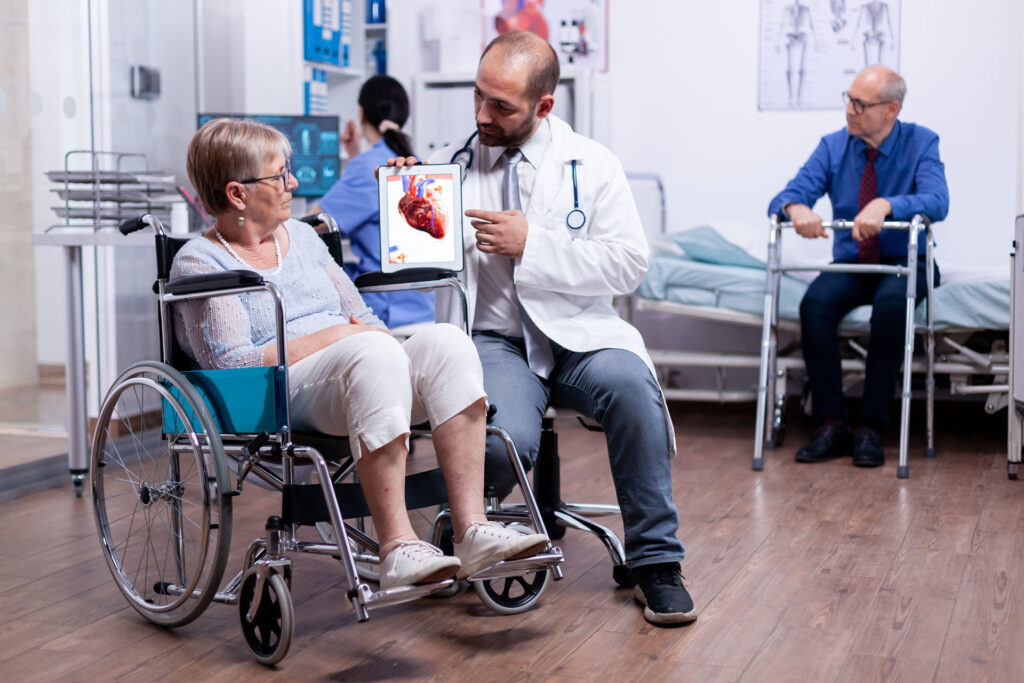Peripheral Artery Disease (PAD) affects nearly seven million Americans, greatly increasing their risk for developing coronary artery disease and other health conditions. As September is National Peripheral Artery Disease Awareness Month, we are going to provide you with information on PAD along with some steps you can take to help prevent you from developing this disease.
What Is Peripheral Arterial Disease?
Peripheral arterial disease (PAD) in the legs or lower extremities is the narrowing or blockage of the vessels that carry blood from the heart to the legs. It is primarily caused by the buildup of fatty plaque in the arteries, which is called atherosclerosis. PAD can happen in any blood vessel, but it is more common in the legs than the arms.
–CDC

PAD Risk Factors
Men above the age of 60 are at a slightly greater risk of developing PAD compared to women of the same age. However, several other factors play a much more significant role in determining your risk for developing PAD. Some of these risk factors include:
- Smoking cigarettes
- Hypertension
- Plaque build up in your blood vessels
- Diabetes
- Hyperlipidemia (high cholesterol)
What Are the Signs and Symptoms of PAD?
The classic symptom of PAD is pain in the legs with physical activity, such as walking, that gets better after rest. However, up to 4 in 10 people with PAD have no leg pain.1 Symptoms of pain, aches, or cramps with walking (claudication) can happen in the buttock, hip, thigh, or calf.2
Physical signs in the leg that may indicate PAD include muscle atrophy (weakness); hair loss; smooth, shiny skin; skin that is cool to the touch, especially if accompanied by pain while walking (that is relieved by stopping walking); decreased or absent pulses in the feet; sores or ulcers in the legs or feet that don’t heal; and cold or numb toes.
–CDC

Preventing PAD
There are several proven ways that can effectively help reduce your risk of developing PAD.
Physical Activity
A healthy exercise regimen not only helps reduce your risk of developing PAD, but also provides many other important benefits. Keeping active can simultaneously boost both your physical and mental well-being. And you do not need to be a marathon runner to achieve this increase in your overall wellness. Doing a little over two hours of moderate aerobic exercise every week is usually sufficient. Moderate aerobic activities include hiking, taking a brisk walk, playing tennis, and other low impact workouts.
Other Ways to Prevent PAD
The use of tobacco greatly increases your risk of developing PAD and other serious health conditions, so refraining from smoking can play a crucial role in preventing this disease. Effectively managing your blood pressure and cholesterol levels can also help reduce your risk for developing PAD. For those who have already been diagnosed with PAD, taking the steps we have just mentioned can help prevent the disease from worsening, potentially leading to more serious health conditions.
